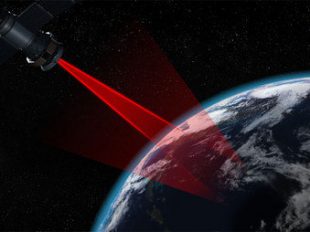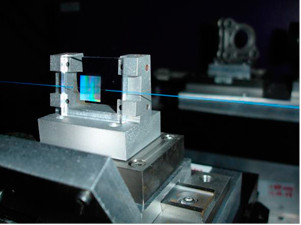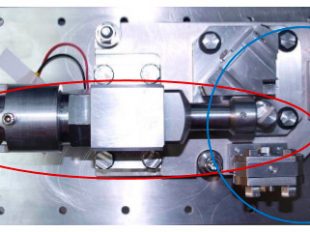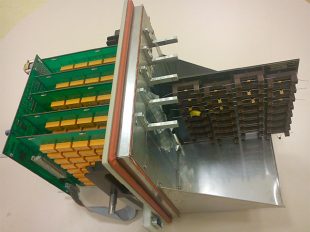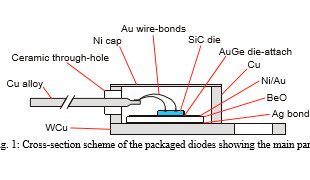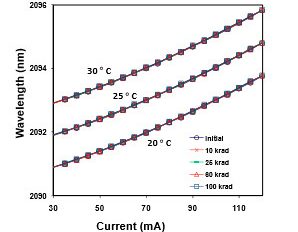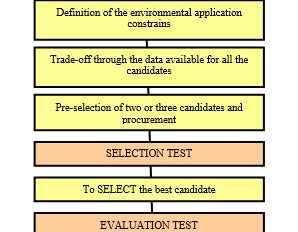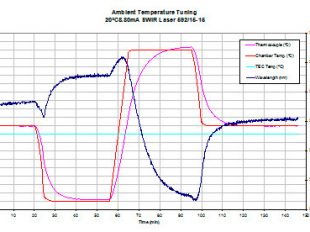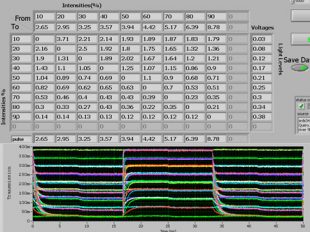Radiation sensitivity of GaAs components is not really well known, compare to other technologies. Traditional radiation harness policy consisted in a good derating in DC bias conditions to ensure operation inside a known or expected DC safe operating area (SOA). However...

A novel integrated optical source capable of emitting faint pulses with different polarization states and with different intensity levels at 100 MHz has been developed. The source relies on a single laser diode followed by four semiconductor amplifiers and thin film polarizers...
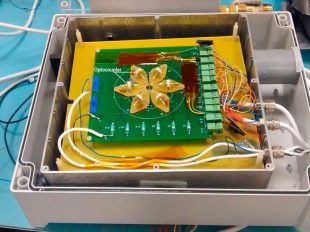
In space applications, optocouplers may need to work at very low temperatures. Under this low temperature operating conditions, the device degradation subjected to radiation exposure may show different behaviour compared to a standard radiation test under room temperature. The...


